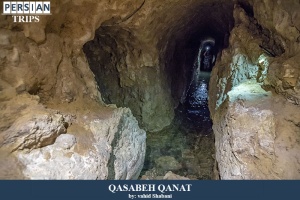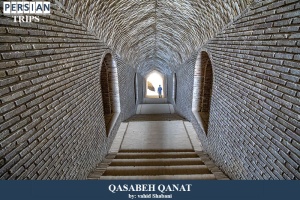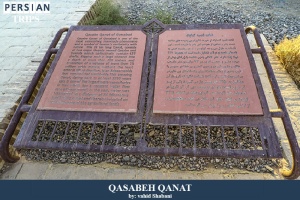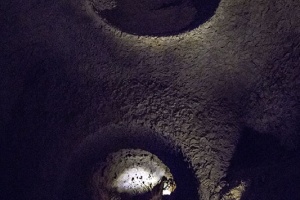Gonabad Qasabeh Qanat
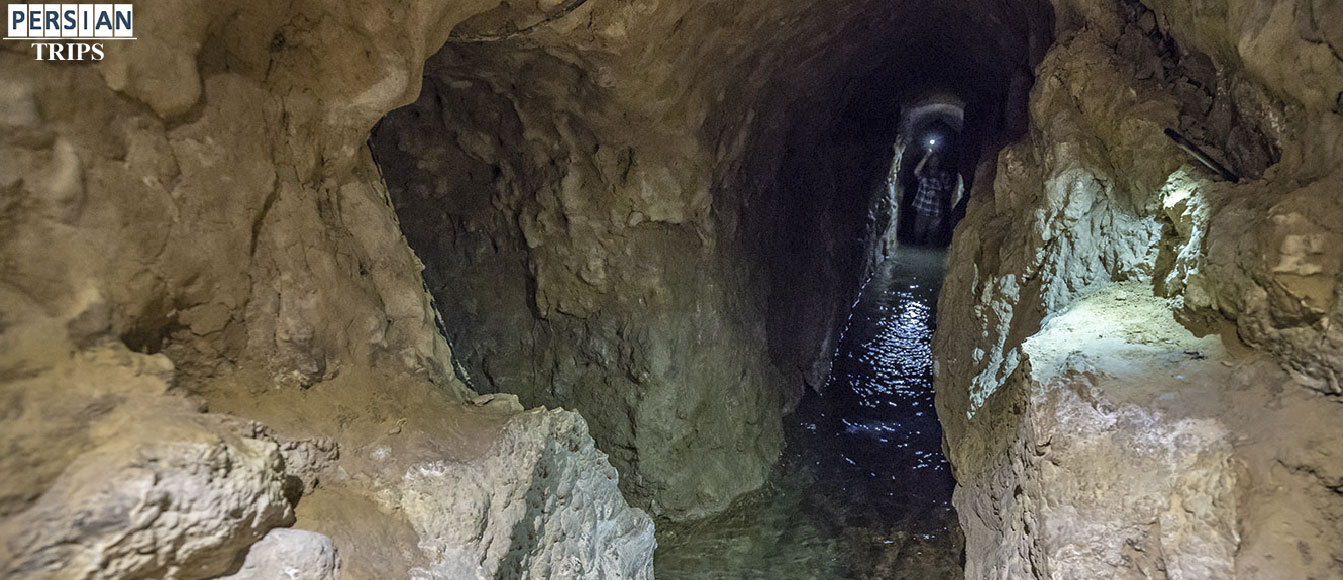
Qasabeh Qanat (aqueduct) has been the largest, deepest, most amazing and oldest aqueduct in the world for 2700 years. Qasbeh Qanat is both inscribed by UNESCO as a World Heritage Site and by the Cultural Heritage Organization as a national heritage.
This aqueduct is a connecting link between art, knowledge, technology and water resources management. In fact, the most important features that make this aqueduct unique are the depth of the mother well, the technology used for digging the aqueduct and the way water was utilized. In addition, this historic aqueduct is very useful for agriculture, a feature that has made this qanat one of the historical and engineering attractions of the world. Qasabeh Qanat, which consists of two main branches and six sub-branches, is one of the masterpieces of the world. The mother well is diverged into two branches after 683 meters and then into 6 branches to prevent possible fall and water flow interruption. The mother well is located on the northern slope of Siah Kooh with a depth of about 280 to 300 meters and the current well of the aqueduct is in the south of Qasabeh city. With the length of over 33 km and the depth of about 300 meters, the water flow rate is more than 130 liters per second. One of the prominent architectural techniques used in this aqueduct is the number of wells, which reaches more than 470 wells. The multiplicity of wells not only has prevented the wells from being filled by the enemies during the wars, but also has reduced the weight of the rope while drilling and vacating the well.
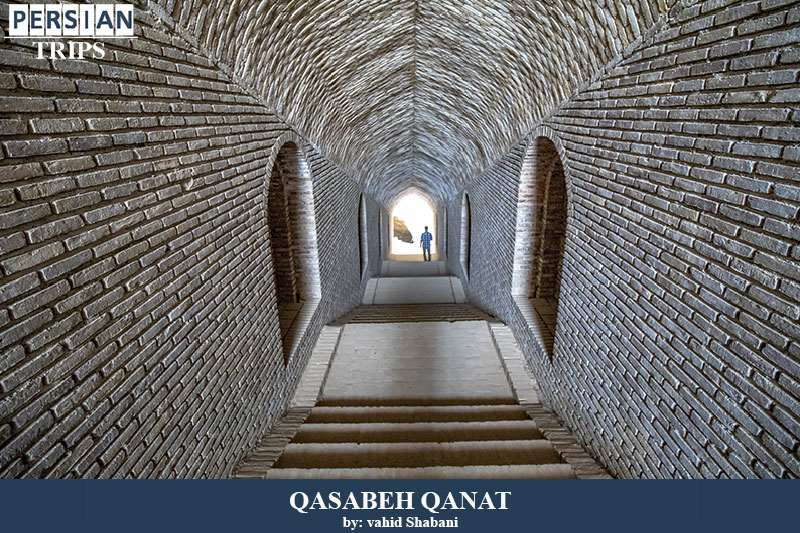
Qasbeh aqueduct is now ready for tourists to visit with the reopening of the first 500 meters, but the rest of the route needs more welfare facilities. While 60% of wells is now blocked, 40% of them are being used with 150-liter water flow per second. Naser Khosrow talks about an aqueduct with a depth of 700 meters and a length of 16 miles in his travelogue. Naser Khosrow mentioned the depth of the well as 300 meters and its length as 16 miles. Currently, with a flow rate of 150 liters per second, Qasbeh aqueduct is the only source of water in the city.
Qasbeh aqueduct, as one of the amazing human-made construction, is a symbol of human harmony with nature as ancient architects have beautifully decorated this aqueduct. The interior area of the aqueduct has amazing canals and tunnels, on which holes have been placed for placing fat lamps and letting light in. The pottery pieces which were found around the wells indicate that Qasbeh Qanat was first located in the main canal of the aqueduct, which was dug during the Achaemenid period, then other sub-branches were dug during famine. Gonabad Qasbeh Aqueduct is one of the best tourist places in the city in terms of location and antiquity.
Tags: Razavi khorasan Province, Qasabeh Qanat, Razavi khorasan Attractions, UNESCO World Heritage Sites, Iran Historical Attractions, Persian Qanats











